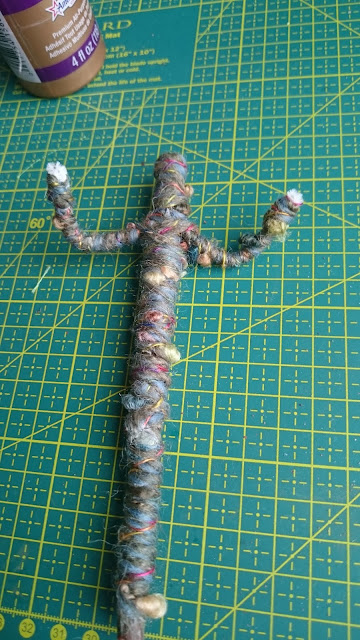Witches and woodcuts, a Witchy Wednesday article.
Witches and woodcuts!
A woodcut is a relief print made by carving an image into a wooden block, leaving the areas to be printed in relief (raised) and removing the background areas. The raised surfaces are then inked and pressed onto paper, transferring the image to create the print. This process allows text and illustrations to be printed together, and the characteristic wood grain can also be used to create unique aesthetic effects.
All of these fabulous woodcut images are in the public domain and were sourced from The Public Domain Review
Please visit Public Domain for a fabulous article about woodcut images and the Witch trials.
Please visit this link.
https://publicdomainreview.org/essay/woodcuts-and-witches/
 |
| Frontispiece to Matthew Hopkins’ Discovery of Witches (1648) showing two witches calling out the names of their demons while Hopkins watches above |
 |
| Witches dancing with devils, featured in The History of Witches and Wizards (1720) |
 |
| Witches feasting, featured in The History of Witches and Wizards (1720) |
 |
| Witches on broomsticks, featured in The History of Witches and Wizards (1720) |
 |
| Woodcut from an 18th-century chapbook about the prophetess and supposed witch Mother Shipton, featured in Chap-books of the Eighteenth Century (1834) by John Ashton |
 |
| Woodcut depicting the “sink or float” method of seeking out witches, featured in The History of Witches and Wizards (1720) |
 |
| Two witches putting a snake and a rooster into a cauldron. |
 |
| Witch pictured feeding her familiars with blood, in A Rehearsall both Straung and True, of Hainous and Horrible Actes Committed by Elizabeth Stile (1579) |
 |
| Cat pictured in A Rehearsall both Straung and True, of Hainous and Horrible Actes Committed by Elizabeth Stile (1579) |
 |
| Witches presenting wax dolls to the devil, featured in The History of Witches and Wizards (1720) |
 |
| Image from the title page of A Rehearsall both Straung and True, of Hainous and Horrible Actes Committed by Elizabeth Stile (1579) |
 |
| Title page of A Most Certain, Strange and True Discovery of a Witch (1643) All of these fabulous woodcut images are in the public domain and were sourced from The Public Domain Review https://publicdomainreview.org/ |
 |
The Witches Hans Baldung (called Hans Baldung Grien) German 1510 Public domain sourced from https://www.metmuseum.org/ A masterpiece of German chiaroscuro, this woodcut is one of Hans Baldung Grien's best known prints, produced soon after his move to Strasbourg from Nuremberg, where he had worked as a journeyman with Albrecht Dürer from about 1503 to 1507. Although Baldung was not the inventor of the chiaroscuro woodcut—the credit for this must go to Hans Burgkmair—he was among the very earliest and most effective practitioners of the medium. The tone block for this woodcut is sometimes printed in an orange-brown, casting a hellish glow onto the scene; here the use of a gray tone block creates an atmosphere of nocturnal gloom from which the three witches emerge, gathered around the steaming cauldron of "flying unguent." The flickering highlights, where the white of the paper is exposed, give three-dimensional presence to forms that would otherwise be engulfed by the dark setting and, by continuing the modeling of the dark hatching strokes, powerfully define the volumes of the monumental nudes, the blasted tree, and the solid coils of steam that support the witches as they ascend in the night air. The interest in witchcraft in the German-speaking countries was especially strong at the beginning of the sixteenth century, heralded by the publication in 1487 of the Malleus Maleficarum (The Witches' Hammer) by Heinrich Kramer and Jacob Sprenger, which was reprinted fourteen times before 1520. |



